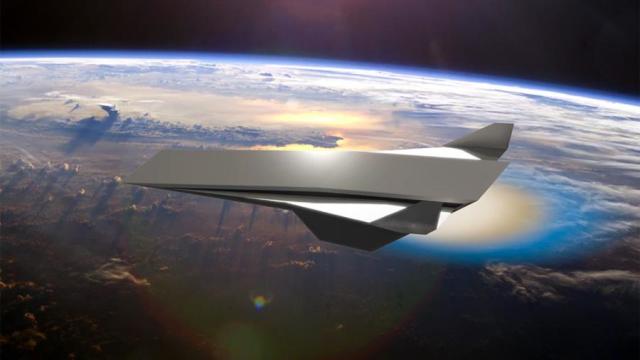American engineers reported that for the first time they were able to develop an engine with an oblique detonation wave, which is able to accelerate the aircraft to Mach 17, or about 20 thousand km / h. This is written by New Atlas.
The publication emphasizes that the type of engine is detonation, which means that it does not require oxygen to start, but only explosive material and only enough force to break the energy bonds of the molecules. The shock wave of the explosion propagates at supersonic speed, throwing out a huge amount of energy.
The newly developed engine type opens up the possibility of flying at a speed of about 20 thousand km / h, or 17 Mach.
The team of development scientists claims that they have successfully stabilized the blast wave in a hypersonic flow, not allowing it to rise either up or down.
The experimental prototype is HyperReact, a device consisting of a tube divided into three sections. In the first one, a jet of hydrogen fuel mixed with air is ignited. In the second section there is a nozzle with an asymmetric cross-section. Here, the main fuel injector adds 99.99 percent hydrogen to the hot compressed air. In the third section, the detonation occurs.
Usually the explosion lasts micro-or milliseconds, but the engineers managed to extend the effect to three seconds. This is enough to prove that the installation is working, the researchers stressed. Now their task is to understand how to dynamically change the fuel mixture, the flow rate and the angle of inclination to maintain the stability and controllability of the detonation in various conditions.
Earlier it was reported that in 2028, serial production of PD-35 high-thrust aircraft engines should begin in Russia.
PD-35 (advanced engine with a thrust of 35 tons) is a project of the Russian two-circuit turbofan engine with extra-large thrust. The total investment in the project is 180 billion rubles. The engines are intended to be installed on the Russian-Chinese CR929 aircraft and on the IL-96-400M.


